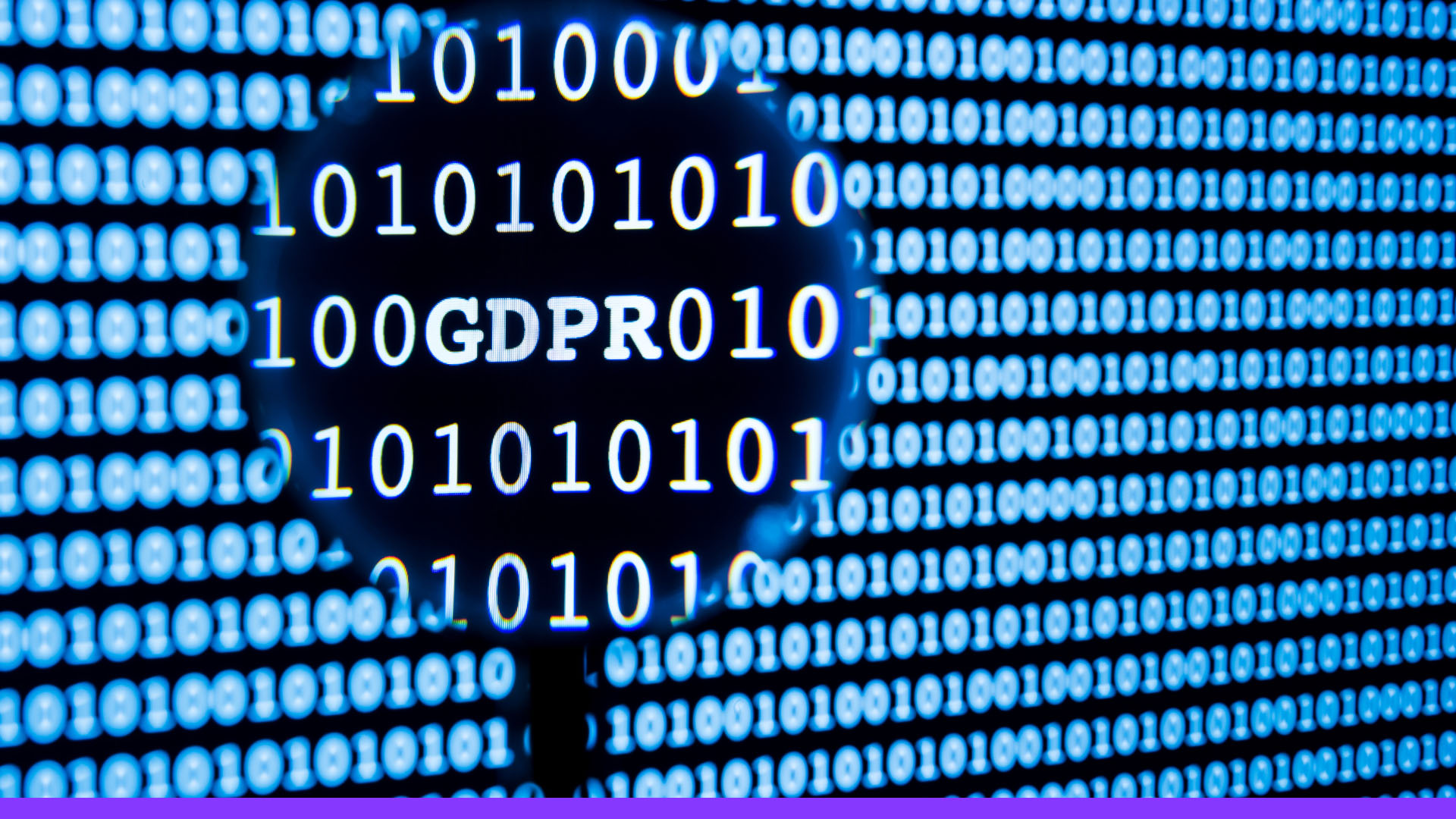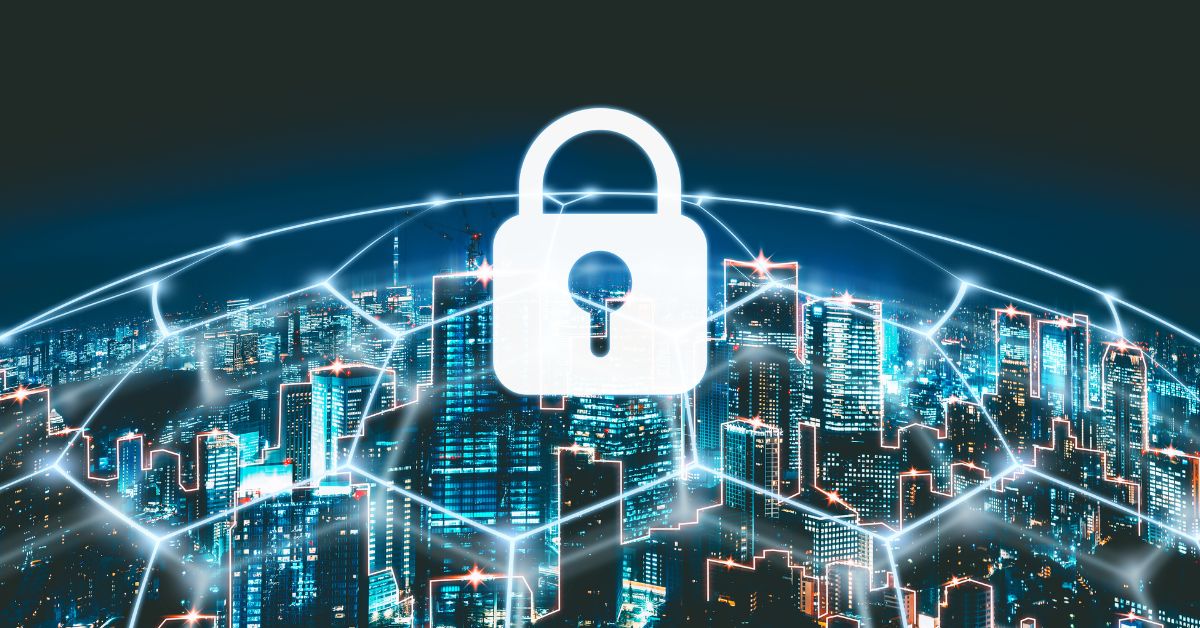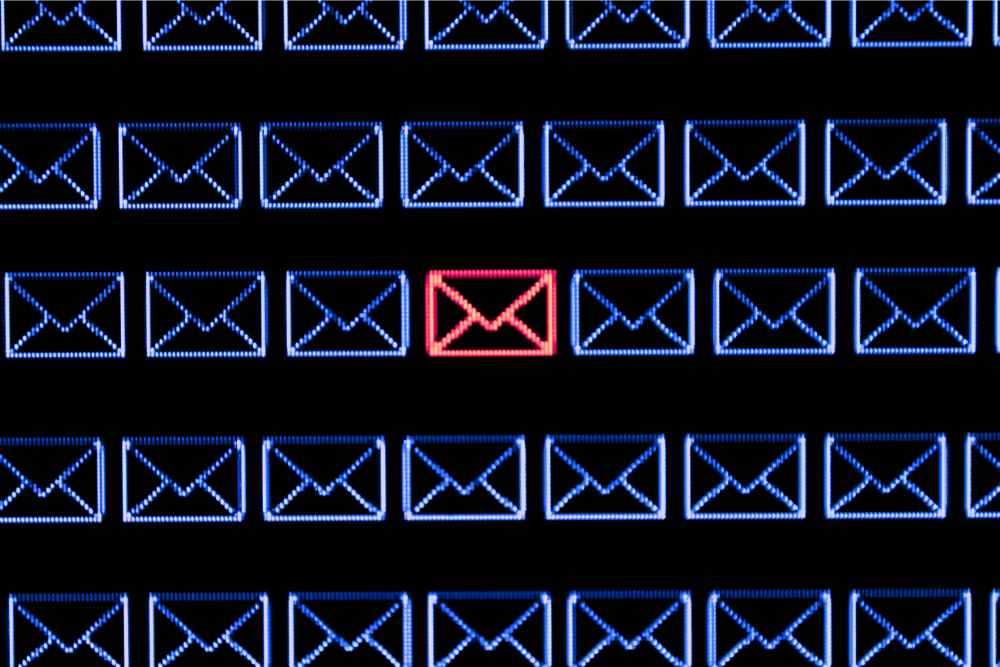
The General Data Protection Regulation (GDPR) has significantly impacted business operations and interactions within the European Union by necessitating a stronger emphasis on secure data transmission and storage. GDPR's stringent data protection requirements necessitate heightened security measures, and end-to-end encryption offers a practical solution.
Recent cyberattacks, such as the notable Storm-0558 attack, have underscored the vulnerabilities even major organizations with substantial security budgets face. Storm-0558, which involved illegally acquiring a signing key, allowed unauthorized access to Exchange and Outlook accounts. These incidents serve as a stark reminder of the urgent need to implement robust security measures like end-to-end encryption to safeguard sensitive data, ensuring compliance with GDPR while mitigating the ever-growing risks of data breaches.
By adopting end-to-end encryption, organizations enhance data security and reduce the risk of substantial GDPR fines, making it a vital component of their compliance strategy.
This article explores the potential of implementing end-to-end email encryption using an innovative peer-to-peer approach. Let’s get started.
In 2018, the European Union introduced the General Data Protection Regulation (GDPR) to standardize data protection laws across EU member states. Its primary objective is to enhance privacy and security for EU citizens by setting strict guidelines for collecting, storing, and processing personal data. GDPR represents a significant milestone in data protection legislation, emphasizing transparency and accountability. It grants individuals greater control over their personal data, including the right to access, correct, and even erase their information, popularly known as the 'right to be forgotten.'
One noteworthy aspect of GDPR is its extraterritorial reach because it applies to organizations worldwide if they handle the personal data of EU citizens. This global applicability has compelled businesses worldwide to reassess their data-handling practices and implement robust data protection measures.
Under GDPR, organizations must be fully transparent about their data collection methods and purposes. Explicit consent is required from individuals before collecting their data, with easy opt-out options.
Companies must establish secure storage systems to safeguard data from unauthorized access, leaks, or theft. Data should only be retained for the duration necessary for its intended purpose.
Cross-border data transfers and sharing with third parties must adhere to secure and compliant processes. Organizations bear the responsibility of ensuring third-party GDPR compliance.
GDPR introduced new rights for individuals, including the 'Right to Be Forgotten' (also known as the right to erasure) and the 'Right to Data Portability.' These rights empower individuals by granting them more control over their personal data.
The 'Right to Be Forgotten' allows individuals to request the removal of their data from databases and online platforms, enhancing privacy and transparency.
Simultaneously, the 'Right to Data Portability’ enables users to easily obtain, move, copy, or transfer their personal data between service providers in a safe and secure manner, allowing them to easily switch between service providers, fostering competition and innovation while ensuring their data remains accessible and usable across different services.
One of the most daunting aspects of GDPR is its penalty structure. Companies can face fines of up to €20 million or 4% of their global annual turnover, depending on which amount is greater, for severe violations. Lesser infringements also incur tiered fines, such as 2% of annual global turnover for records mismanagement.
These substantial fines, part of a tiered penalty system where the severity of the violation determines the penalty, aim to make non-compliance costly and encourage companies to prioritize data protection. In this system, the more significant the breach, the higher the fine, creating a strong incentive for organizations to maintain strict data protection practices and avoid even minor violations.
Understanding GDPR intricacies underscores the crucial role of secure email communication in compliance because GDPR places a strong emphasis on data protection, privacy, and transparency. Secure email communication, particularly when implemented through robust encryption and a Zero Trust Architecture, ensures that sensitive information is transmitted securely and that individuals' data rights are respected, thereby helping organizations align with GDPR requirements and avoid potential fines and breaches.
Email stands as a primary gateway for data breaches, as evidenced by Deloitte's study, which underscores that a staggering 91% of cyberattacks originate in emails. Conventional email services frequently lack the critical safeguard of robust encryption, thereby introducing vulnerabilities that can jeopardize even the most diligent data protection strategies.
In this context, the implementation of end-to-end encryption emerges as absolutely indispensable in fortifying the defense against data breaches and ensuring the security of sensitive information.
In conventional email systems, messages are encrypted during transmission between the sender's device and the email service's servers and again during transit to the recipient's device. However, email service providers can decrypt and access the messages during transit, potentially exposing the content to unauthorized access or surveillance.
End-to-end encryption resolves this vulnerability by employing asymmetric encryption techniques. Read more about this process in our article on “Encryption is truly end-to-end if you avoid centralized architectures.”
True end-to-end encryption ensures security, as even service providers involved in email transmission and encryption cannot decrypt messages. Users' private keys, stored on their devices, remain inaccessible to anyone, including email service providers and potential malicious actors, ensuring the highest level of security for their messages.
By guaranteeing that only the sender and recipient can access email content, end-to-end encryption prevents unauthorized access at all stages: during transmission, storage, and retrieval.
This robust data protection aligns seamlessly with GDPR's focus on implementing technical measures to ensure data security, reducing non-compliance risks and consequential fines.
Public Key Infrastructure (PKI) represents an alternative approach to email encryption, which contrasts with the true end-to-end encryption described above. PKI is often considered a form of centralized key exchange because it relies on a centralized authority, known as a Certificate Authority (CA), to manage and distribute digital certificates and public keys. In a PKI system, the CA is responsible for verifying the authenticity of individuals or entities and issuing digital certificates that contain public keys. These certificates are used for encrypting and decrypting data securely.
While PKI can provide a high level of security, it also introduces potential vulnerabilities and complexities, such as the need to trust the CA and manage the lifecycle of keys, which can be challenging. This includes securely generating keys, distributing them, ensuring safe storage, retiring keys when they are no longer needed, and, in some cases, renewing or replacing them for security reasons. Neglecting key management during any of these stages can result in accidental losses or unauthorized access to sensitive information.
These security risks associated with PKI include the potential for unauthorized access, which can originate from external attacks or insider threats, leading to the compromise of data decryption and encryption.
Furthermore, it's important to note that traditional PKI systems often lack forward secrecy. In traditional PKI systems, a single key pair is often used for an extended period. If an attacker obtains the private key, they can use it to decrypt all communications encrypted with that key, including historical messages. Forward secrecy, on the other hand, generates unique encryption keys for each session or communication, making it nearly impossible for an attacker to retroactively decrypt past messages, even if they compromise a single key.
Explore a comprehensive analysis of centralized key exchange risks in our latest article.
While PKI offers strong security for data protection, organizations must also actively manage the associated risks, including key management complexity and the lack of forward secrecy, to ensure compliance with GDPR. Failure to address these risks not only jeopardizes data security but also exposes organizations to significant fines for non-compliance.
GDPR has compelled businesses to strengthen their data protection measures, as violations come with substantial financial penalties and can harm reputation. Zero Trust end-to-end encryption seamlessly aligns with GDPR's core principles:
GDPR emphasizes data minimization, collecting only necessary data for the intended purpose. Zero Trust restricts data access to authorized personnel, relying on stringent identity verification and need-to-know access.
GDPR Article 32 requires measures to ensure data confidentiality. End-to-end encryption primarily focuses on securing the content of data, such as the body of an email. It ensures that only the intended sender and recipient can decrypt and read the email's contents, preventing unauthorized access to the actual message. It primarily addresses data confidentiality. Zero Trust adds another layer of security by monitoring and controlling access to ensure that only the right individuals can access the data, even if they somehow bypass other security measures.
GDPR mandates secure cross-border data transfer. End-to-end encryption contributes to this requirement by ensuring the secure transit of email content. It makes sure that the content remains encrypted and confidential during transmission, whether it's crossing borders or moving within a network. Zero Trust architecture complements this by enforcing strict access controls. It verifies the identities of users and devices and allows access to sensitive data, like encrypted emails, only to authenticated and authorized individuals.
GDPR necessitates demonstrating data protection measures. End-to-end encryption and Zero Trust facilitate compliance audits, with comprehensive access and verification logs. This combined approach offers compelling evidence of commitment to personal data safeguarding, aligning with GDPR's accountability principle.
GDPR mandates data breach reporting within 72 hours. Zero Trust architecture enhances incident detection and response by continuously monitoring network activities and flagging anomalies in real time.
GDPR prioritizes user consent and rights. Zero Trust workflows can incorporate user consent into data access, ensuring that personal data remains inaccessible without explicit permission, aligning with GDPR requirements.
In conclusion, safeguarding sensitive data and ensuring compliance with GDPR when utilizing cloud-based email services requires a proactive approach. Rather than placing blind trust in cloud providers, organizations are better served by implementing an additional layer of security to fortify their data protection measures. The Zero Trust end-to-end encryption model transcends security protocols, representing a holistic data security approach that seamlessly harmonizes with GDPR's principles and requirements. Adopting this model reduces the risk of GDPR non-compliance, building a more robust, adaptable, and inherently secure operational framework.
By prioritizing these robust security measures, businesses can mitigate the risk of substantial fines, protect their reputation, and instill trust among their customers while navigating the complex landscape of data privacy and compliance.

Understanding NIS2 Compliance The NIS2 Directive (Directive (EU) 2022/2555) is a pivotal piece of legisl...

How Malicious Actors Broke Proofpoint's Cybersecurity What happened with Proofpoint Email Protection? In...

Cyber incidents, like theft of confidential intellectual property (think research data and patents), are...

Do you think you’d know the difference between your actual boss and an AI fake version on a video call? ...